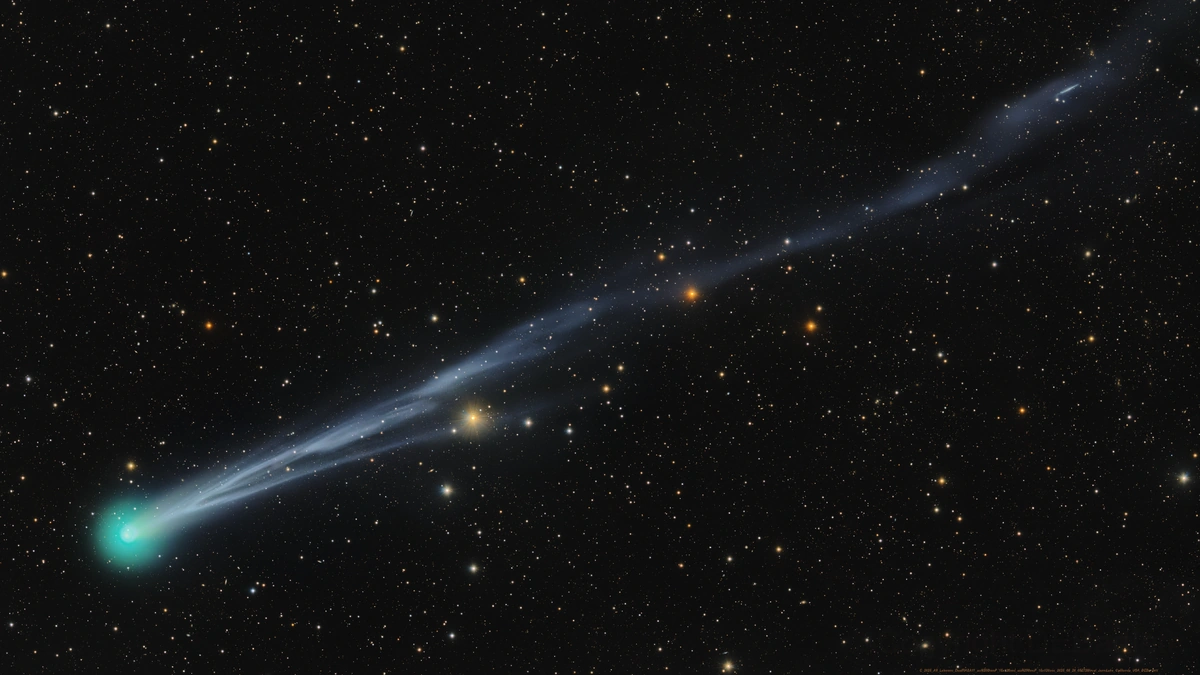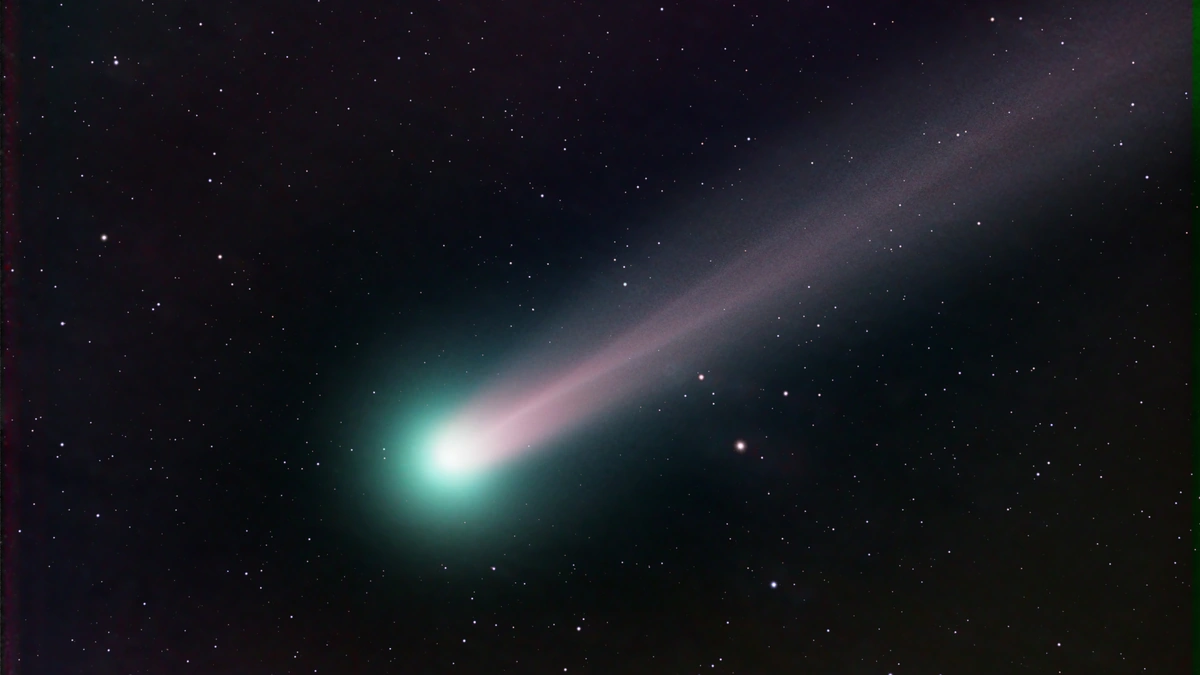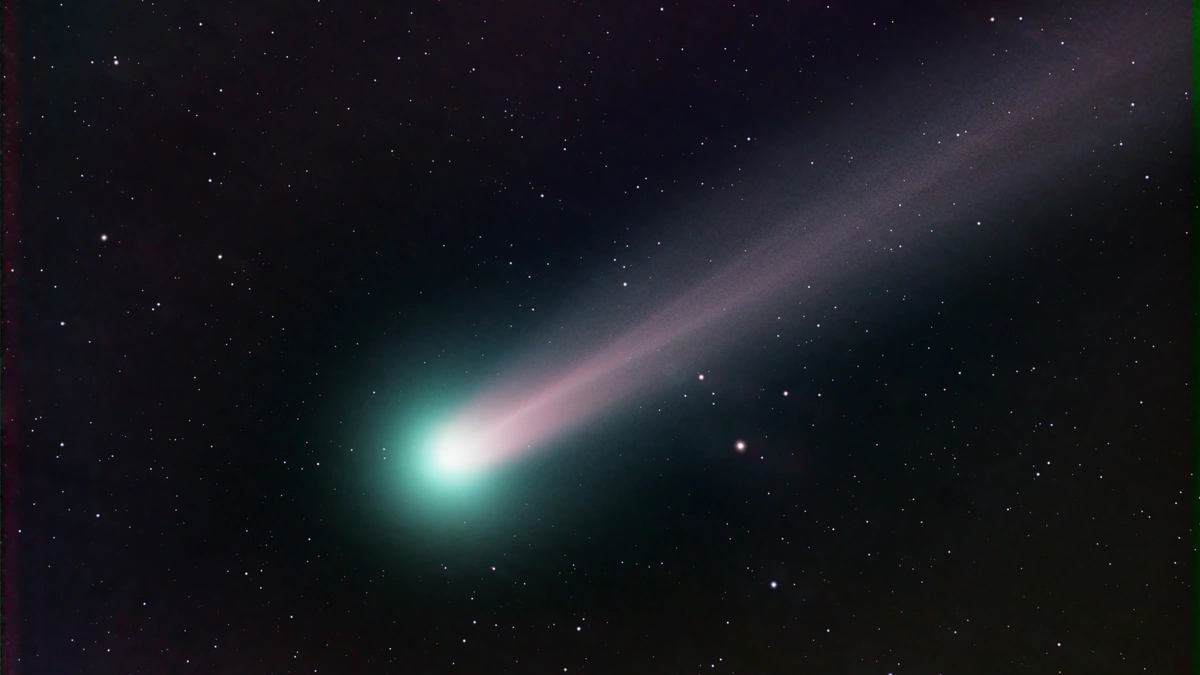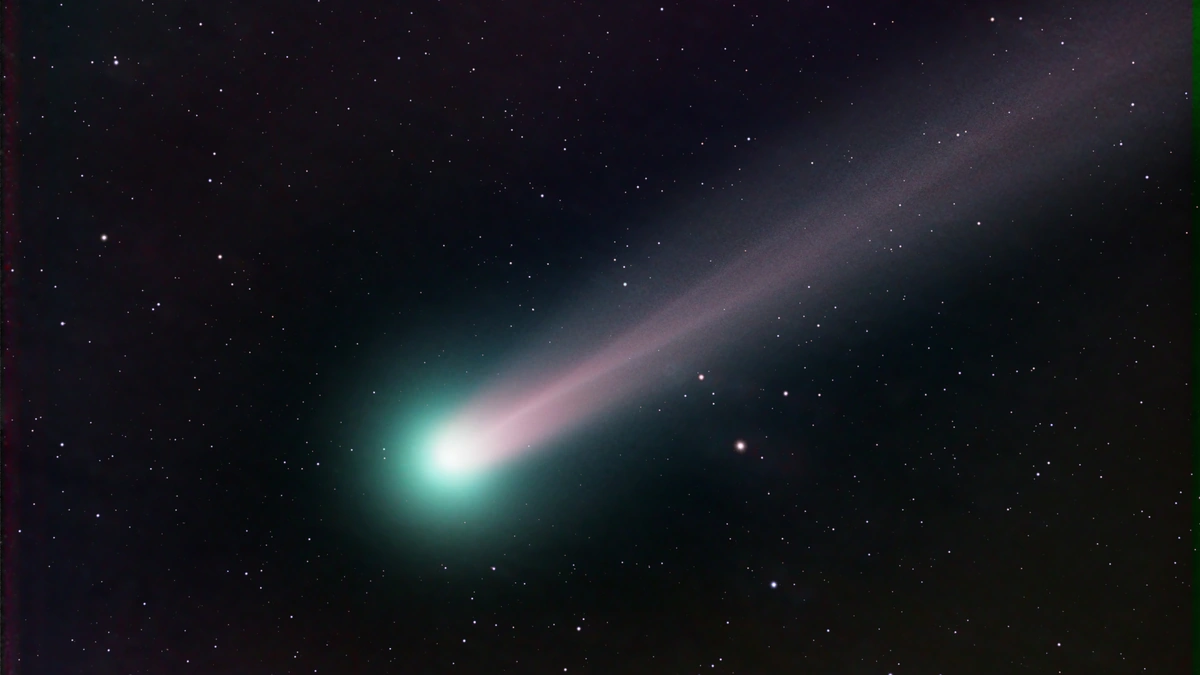Where and When to Spot Brightening Comet Lemmon This October
Okay, space enthusiasts, listen up! Gotrendingtoday is here to give you the lowdown on a celestial visitor making a grand appearance this month: Comet Lemmon . But, you might be thinking, “Comets? Aren’t they always floating around?” Well, yes and no. This one’s special, and here’s why it deserves your attention.
Why Comet Lemmon is a Must-See (And Why Now?)
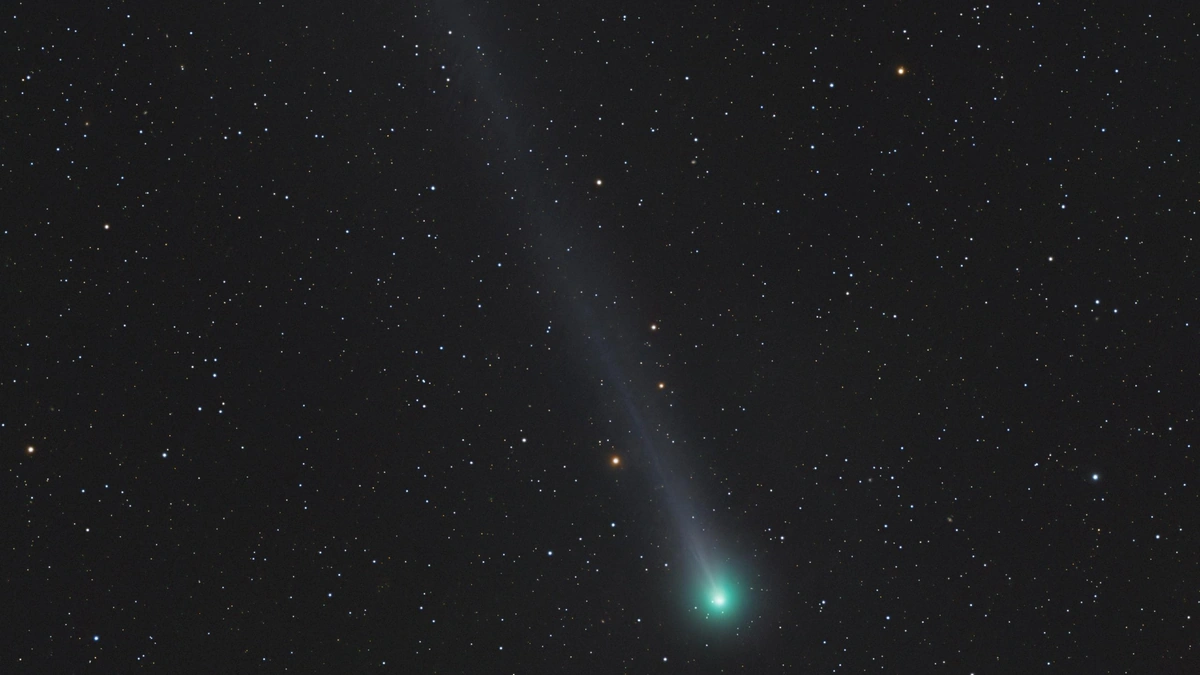
Here’s the thing: not all comets are created equal. Some are faint, distant, and honestly, a bit boring, even for seasoned stargazers. Comet Lemmon , however, is predicted to be bright enough to spot with binoculars, and maybe even with the naked eye under ideal conditions. This comet is not just passing by, it’s putting on a show, and you don’t want to miss it! What fascinates me is how unpredictable comets can be. We have projections, but a sudden outburst of gas and dust can dramatically change its brightness. Remember Comet NEOWISE back in 2020? That was a surprise hit, and Lemmon has the potential to deliver a similar spectacle.
But why now? Well, Comet Lemmon’s perihelion – its closest approach to the Sun – occurs in October. This is when the comet heats up, releasing more gas and dust, making it brighter and easier to see. Plus, the October sky offers darker nights, giving us a better viewing window. Speaking of dark skies, if you’re in a densely populated area, consider a short trip outside the city limits. Light pollution is a comet-watcher’s worst enemy. As rare comets go, you don’t want to miss out on this event.
How to Spot Comet Lemmon | A Step-by-Step Guide
Alright, let’s get practical. You’re excited, you want to see it, but where do you even begin? A common mistake I see people make is assuming you can just step outside and see it blazing across the sky. Nope. Patience and preparation are key.
- Find a Dark Sky: As I mentioned earlier, light pollution is a killer. The farther away from city lights you are, the better. Consider using a light pollution map (easily searchable online) to find a dark spot near you.
- Know Where to Look: Here’s where things get a bit technical. Comet Lemmon’s location in the sky changes throughout October as it travels its orbit. Use a stargazing app (like Stellarium or SkyView) to pinpoint its exact location on any given night. These apps use your location and the date/time to show you a real-time view of the night sky.
- Timing is Everything: The best time to view Comet Lemmon is usually in the pre-dawn hours, before sunrise. This gives you the darkest possible sky. The one thing you absolutely must double-check is the sunrise time for your location. Plan to be out at least an hour or two before.
- Binoculars or Telescope: While there’s a chance you might spot it with the naked eye, binoculars will significantly improve your chances. A small telescope will reveal even more detail, like the comet’s tail.
- Patience and Persistence: Don’t get discouraged if you don’t see it immediately. Scan the area slowly and methodically. It might take some time to find it. Also, weather conditions can change rapidly, so be prepared for clouds or fog.
And let’s be honest, even with the best preparation, there’s no guarantee you’ll see it. That’s part of the fun, though, right? The thrill of the chase!
Understanding the Science Behind Comet Brightness
So, why do comets brighten as they approach the Sun? It’s all about solar radiation. Comets are essentially dirty snowballs made of ice, dust, and gas. As a comet approaches the sun , the ice turns into gas, releasing dust particles along the way. This process is called sublimation. The cloud of gas and dust forms a coma around the nucleus (the solid part of the comet), and the solar wind pushes the dust and gas away from the Sun, creating the comet’s tail. The bigger and brighter the coma and tail, the easier the comet is to see from Earth.
What fascinates me is how this seemingly simple process can create such spectacular displays. Every comet is different, with its own unique composition and orbit, leading to wildly varying brightness levels and tail structures. And that’s what makes each comet sighting so unique and special. As per the guidelines mentioned in the information bulletin comet details may vary based on location.
Why This Matters | The Bigger Picture
Okay, so you see a brightening comet . Cool. But why should you care? What’s the big deal? Let me rephrase that for clarity. These cosmic snowballs offer valuable insights into the early solar system. They’re like time capsules, preserving material from the formation of our planets billions of years ago. By studying comets, we can learn more about the building blocks of life and the conditions that led to the emergence of our planet.
Also, comets pose a potential threat to Earth. While the chances of a major impact are low, they’re not zero. By tracking and studying comets, we can better assess the risks and potentially develop strategies to mitigate any future threats. Moreover, comet’s tail is stunning to capture.
And beyond the science, there’s something deeply profound about connecting with the cosmos. Looking up at the night sky and witnessing a comet streaking across the heavens reminds us of our place in the universe. It inspires awe, wonder, and a sense of perspective that’s often missing in our daily lives. As asteroid details get updated keep an eye out for comets too.
FAQ About Spotting Comet Lemmon
Frequently Asked Questions
What if I can’t find a truly dark sky?
Even if you can’t escape city lights completely, try to find a location with minimal obstructions in the direction where you need to look. Use buildings or trees to block out direct glare from streetlights.
What equipment do I really need?
Binoculars are highly recommended. A stargazing app on your phone is also essential for finding the comet’s location. A comfortable chair and a thermos of hot tea can also enhance the experience!
Is Comet Lemmon dangerous?
No, Comet Lemmon poses no threat to Earth. It’s passing by at a safe distance.
Will Comet Lemmon be visible next month?
Probably not. Comets typically reach their peak brightness for a relatively short period, usually around the time of perihelion.
What if the weather is bad?
Unfortunately, there’s not much you can do about bad weather. Keep an eye on the forecast and hope for clear skies. And if you miss it this time, don’t worry, there will be other comets to see in the future!
So, there you have it. Your guide to spotting Comet Lemmon this October. Go out there, look up, and experience the wonder of the cosmos. And remember, even if you don’t see it, the attempt itself is a worthwhile adventure. Happy comet hunting!
